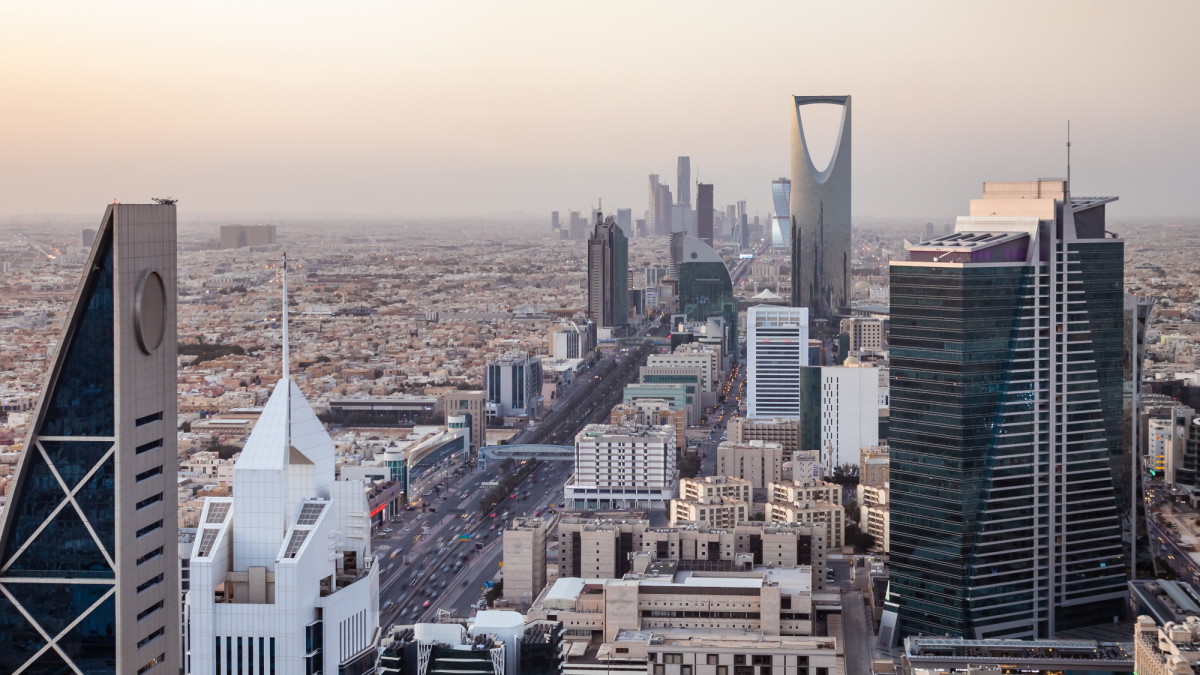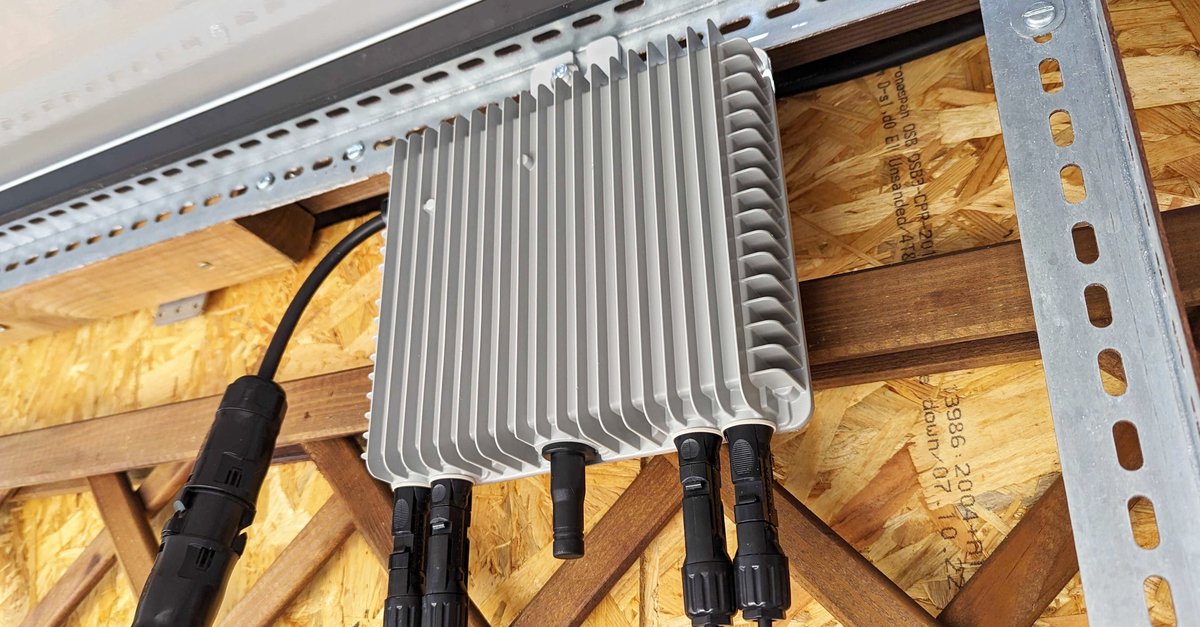Why the Saudi megacity “The Line” doesn’t make sense
The prestige project of the Saudi Arabian royal family is planned for nine million inhabitants on 34 square kilometers. The living space is to extend in a straight line over around 170 kilometers.
That would correspond to a population density of 265,000 people per square kilometer, writes the Austrian Press Agency (APA). The project will be 10 times denser than Manhattan and four times denser than the inner boroughs of Manila, considered the most densely populated neighborhood on earth.
“The Line” will consist of two uninterrupted rows of skyscrapers, with habitat in between, 170 kilometers east of the Red Sea – 200 meters wide and 500 meters taller than any building in Europe, Africa and Latin America.
Editor’s Recommendations
According to Austrian complexity researchers, this is anything but a showcase project. The distances would force half the population to commute long distances, they write in the journal NPJ Urban Sustainability. “A linear shape is the least efficient shape of a city. There is a reason why humanity has 50,000 cities, and all of them are more or less round,” emphasized Rafael Prieto-Curiel from the Complexity Science Hub (CSH) in Vienna, who together with Dániel Kondor published a study to classify the project, in a press release.
The excavation work for the construction project in the middle of the desert is said to have started in October, the researchers write.
The researchers rate the quite sustainable approach as positive. A high-speed rail system is to form the backbone of public transport. The high population density also makes it possible for many services to be reached on foot or by bicycle in a few minutes, which is why cars can be dispensed with.
However, the researchers emphasize that two randomly selected people in “The Line” would live an average of 57 kilometers apart. In Johannesburg, which is 50 times larger in terms of area, it is only 33 kilometers. Taking into account a walking distance of one kilometer, the researchers calculated that only 1.2 percent of the population of “The Line” would live within walking distance of each other.
According to the researchers’ calculations, there must be at least 86 stations so that everyone can reach a station of the high-speed train in a few minutes on foot. This in turn would mean that the trains between two stations could not reach high speeds. A journey would therefore take an average of 60 minutes, and at least 47 percent of the population would have to commute even longer. In any case, people would be on the road longer than in many other large cities.
According to the researchers, it would be more advantageous to build the city in a circular fashion. The most desirable variant is the round city shape, as it shortens commuting distances and reduces the energy required for transportation. If the same area of 34 square kilometers were planned for this alternative variant, the circle would have a radius of only 3.3 kilometers. The average distance between two people would be 2.9 kilometers.
Around a quarter of the population (24 percent) would be within one kilometer of each other, 66 percent within two kilometers. That would eliminate the need for a high-speed rail system, as most places would be accessible on foot or by bike. The rest could be served by buses.
“Overall, it is reasonable to assume that other considerations may have played a role in the choice of this unique shape, such as branding or creating compelling social media videos,” says Prieto-Curiel. In other words, marketing may have played the crucial role.



